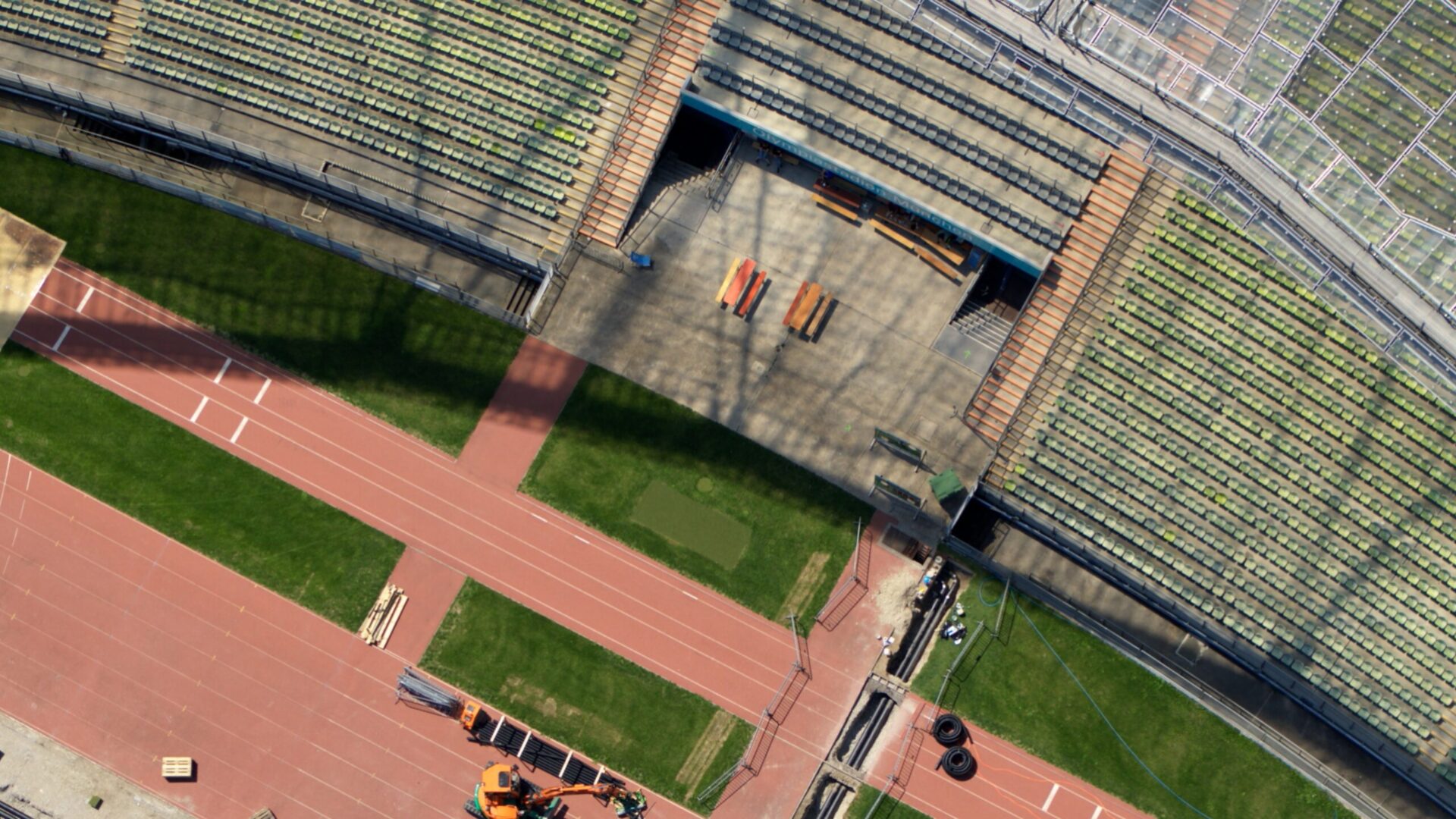Bayerischer Rundfunk, ARTE
Olympia 72 – Deutschlands Aufbruch in die Moderne

Louis Saul
The 1972 Olympic Games were a high point in the history of Munich as they offered a unique opportunity to transform its image from the capital of the brown NS movement to that of a colourful “capital of sport”. At the same time, then mayor Hans-Jochen Vogel succeeded in modernising the infrastructure, which was urgently needed: Not only were the underground and suburban railway networks built in connection with the Games, the entire north of Munich was developed as well. The two city ring roads for traffic, the Altstadt Ring and the Mittlerer Ring, were completed and the pedestrian zone built. All this happened in just a few years – at a speed that can only be dreamed of today.


The city’s self-image also changed because the designers of the Games Otl Aicher (design), Günter Behnisch, Fritz Auer and Frei Otto (architecture) and Günther Grzimek (park) wanted “light – air – liberalisation”! Their designs were meant to convey individualism, diversity and democracy, a departure from the bombastic. The Games were to be a “Woodstock of sport”. Until amid all the joviality, the attack on the Israeli team revealed a bitter foretaste of the dark side of this open society – international terrorism.
